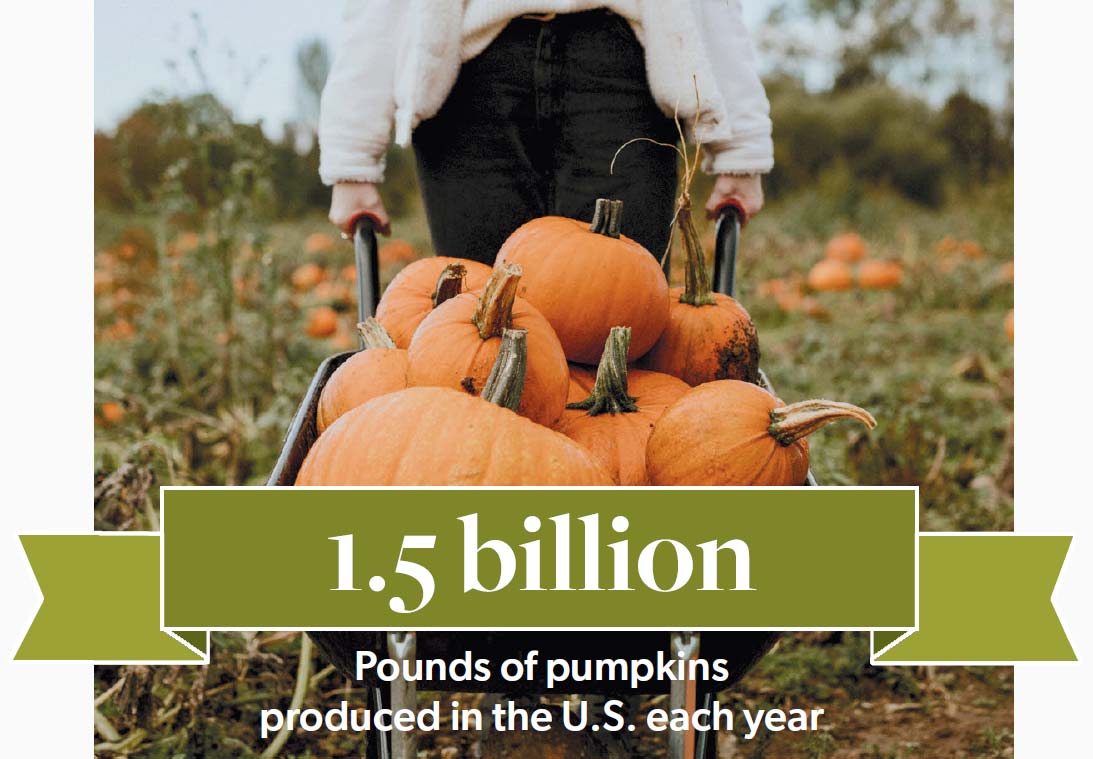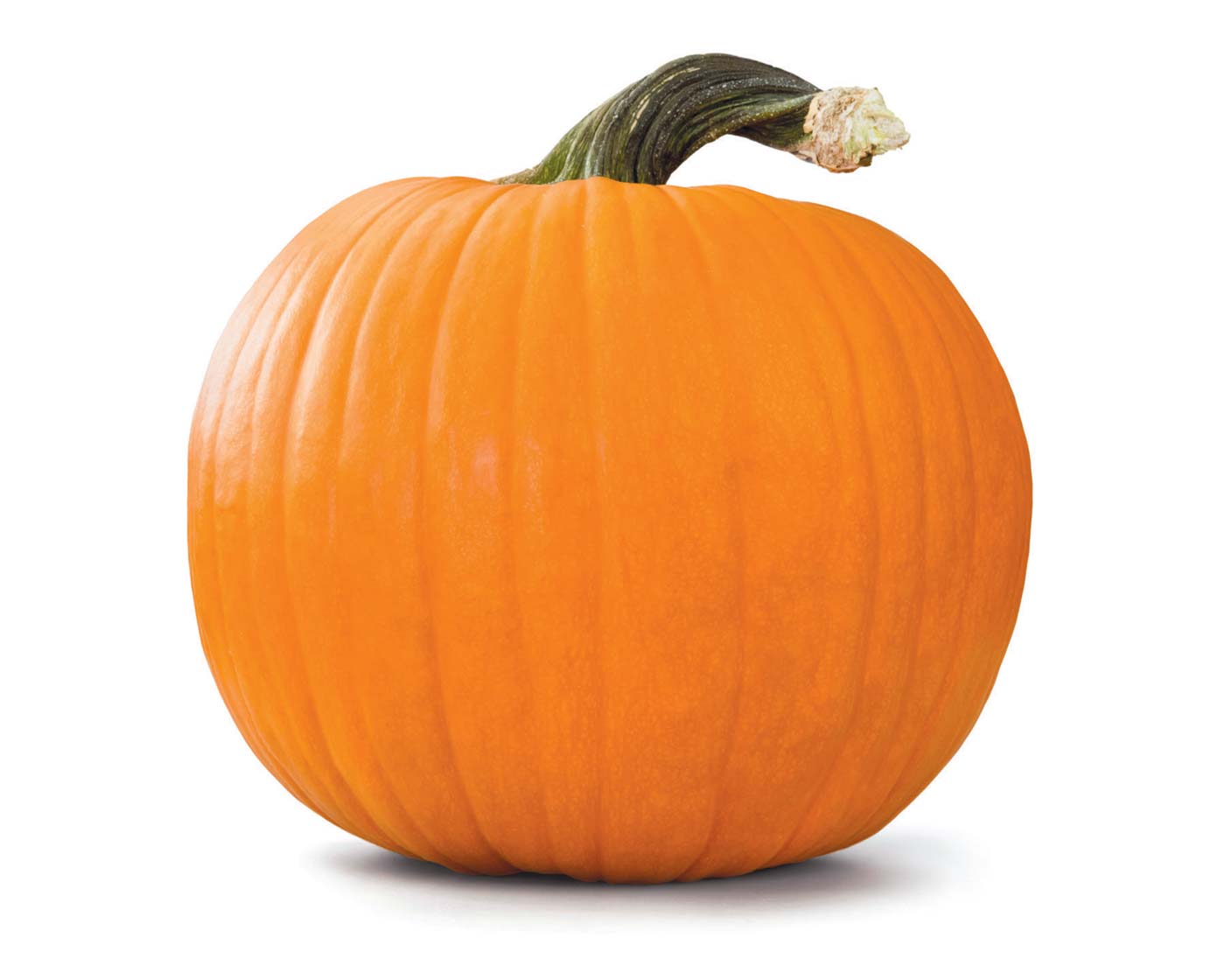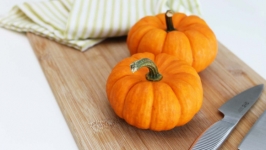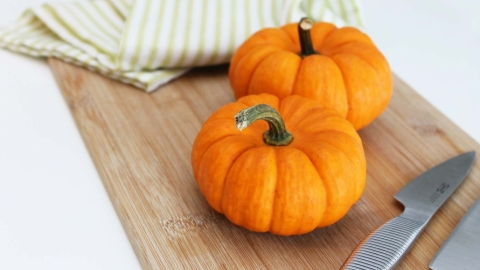What's in Season: Pumpkins
From pumpkin bread to pumpkin pie, pumpkins are a fruit (yes, a fruit!) synonymous with fall. When the temperature drops and the leaves start changing to warmer hues, pumpkins take center stage, with New Jersey producing plenty of gorgeous gourds.
season
Mid-September–November
grow
Generally, pumpkins are planted in June to come to maturity/ripen in September. Extreme highs or lows in temperature or rain amounts will negatively impact the fruit’s ability to flower, pollinate, and mature. Pumpkins must be harvested before first frost (usually mid-October in NJ).
at the market
Choose pumpkins with a nice, even shape and strong stem. Gently feel the pumpkin and ensure its exterior is “solid to the touch” and that its skin resists scratching. Steer clear of any bruising or soft spots on the pumpkin as these can introduce pests and unwanted rotting.
wash
You should never wash your pumpkins, however, you can wipe them off with a damp rag using a 10% bleach solution, says John Kreuger, owner and farmer of Circle Brook Farm in Andover Township. John organically grows thousands of pumpkins each year of different varieties.
store
Pumpkins will last longer if stored in a cool location, whether that be in your home or on your front porch. If you store your pumpkins outside, be aware that freezing temperatures will likely make them spoil.
health
Pumpkins are high in beta-carotene, an antioxidant that converts to vitamin A in the body. Vitamin A contributes to good vision and eye health, fortifies the immune system, and supports healthy skin and mucous membranes. Pumpkins are also low in calories and high in fiber.
Pepon
The name “pumpkin” hails from the Greek word meaning “large melon.” According to History.com, it was then “nasalized by the French into “pompo”, which the English changed “pompon” to “Pumpion,” and so on until American settlers arrived at the word we use today.” Pumpkins have been grown by Indigenous North Americans for thousands of years—even before the cultivation of beans and corn.
70-110
# of days it can take for a pumpkin to mature on the vine

CARVING VS. COOKING PUMPKINS
There are different types of pumpkins depending on your goal— whether it’s carving one for your front porch or whipping up a yummy pumpkin soup.
“The carving pumpkins we use for decoration have a thinner wall and a larger open cavity inside, whereas those we use to eat have a thicker wall with more ‘meat’ and a generally smaller seed cavity,” says Michelle Infante-Casella, county extension department head for Rutgers New Jersey Agricultural Experiment Station (NJAES) Cooperative Extension in Gloucester County. Michelle works with growers to help recommend varieties, cultural practices, and pest management practices for growing pumpkins.

HOWDEN
The formal name of large “jack-o’- lantern”–style pumpkins, which a majority of growers produce. According to the U.S. Department of Agriculture, however, “demand for specialty pumpkins—like White Howden, Blue, Cinderella, and Fairytale—continues to expand as consumers look for new and interesting varieties”

PHOTOS:RAWPIXEL.COM; DUNCAN ANDISON / ADOBESTOCK









